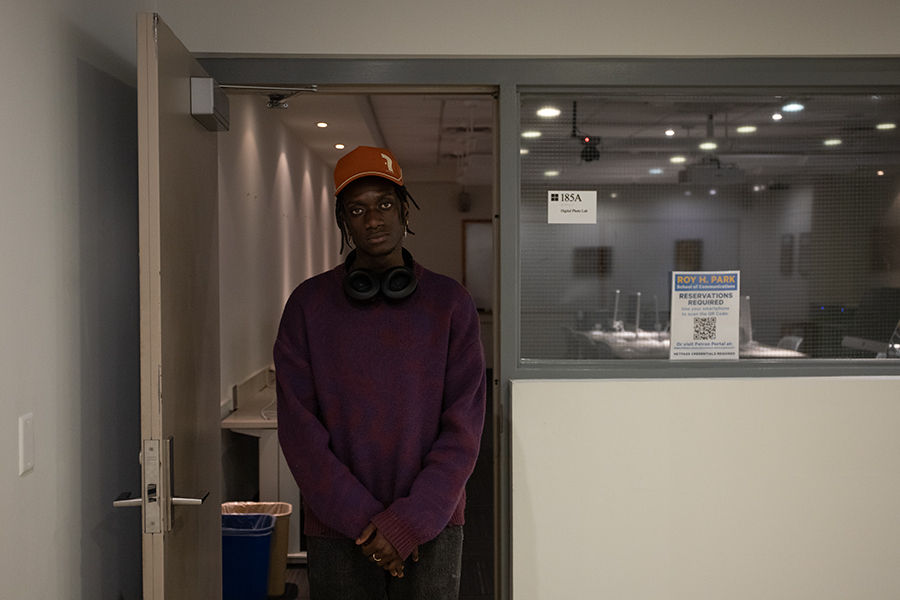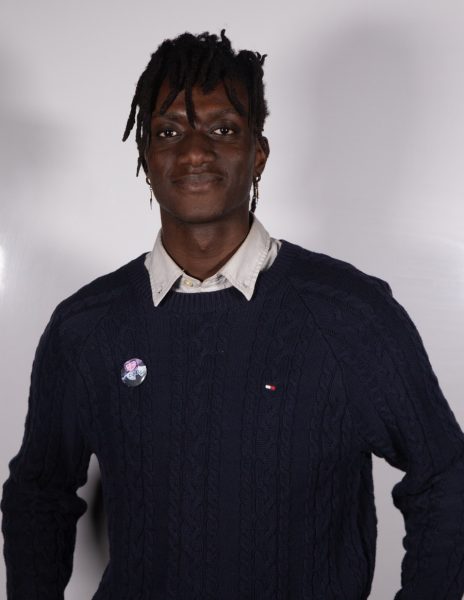Editor’s Note: This is a guest commentary. The opinions do not necessarily reflect the views of the editorial board.
Since I started using a camera and editing videos in high school, I realized that I wanted to work in film and photography. The joy I find in being able to express myself visually and working through an artistic process has become a key part of my life. However, as I learned more about the structure of classes at Ithaca College, I often felt as though I wasn’t truly learning anything and questioned if I had made the right decision with what I wanted to do.
Many of the film classes that I have taken throughout my time at Ithaca College have taught me the history behind making movies. As I’ve reached my senior year, I prepare to enter the film industry feeling as though that history does not totally matter to the experiences I had outside of class on film sets. There is a large technical aspect of being in the film industry, including understanding how to use the equipment safely and properly, which isn’t as heavily taught in class as it is outside of it. There is also little teaching of conducting oneself properly on a film set and working with others in an organized and inclusive fashion.
Having to become certified to use equipment or being lucky enough to be asked to be on someone’s film in a role is where you get the chance to work with other students to figure out how to actually work on set. In my time at college, I focused more on photography because of the exclusionary attitude around film and found that most of the photo classes focused on actively taking photos and using different cameras and mediums to better my work. It can be said that photography is more individualized in approach; there is less of a need to collaborate with others than film. But in photography classes, there is consistent critique with the other students that have always created a closer and more connected relationship to my peers compared to in film classes.
Both film and photography are often considered hard and challenging fields to get into. But throughout my experience, my photography professors have been realistic about the challenge while also encouraging students to continue to pursue their passion, whereas in film classes, it has always felt as though it was an impossible task with little to no payoff and those who were struggling should simply quit and try something else. If a student shows interest in camera work or lighting, they may not necessarily get to seek out that area of production because someone else is “better” at it than them and so they aren’t given the chance to learn.
Getting experience on set also becomes a challenge as films are created by students who don’t know how to actually be inclusive on set, but rather consisting of a group of “film bros” who wish to use an expensive camera they got certified in less than an hour to use. If a student is coming to study something because they feel passionate about it, there shouldn’t be an obstacle course of classes to essentially weed out the unfit, especially in an industry dominated by white males.
If a large part of the film industry is connections and having experience, then that experience should be held to a higher priority than watching films that don’t actually teach that. For example, in Introduction to Film Aesthetics and Analysis, students are tasked with watching a 20-minute film of a light rotating around a lemon. There are film classes where I have felt I’ve truly gotten experience with working on a set, but in most cases, the same obstacles to learning came up. The film classes throughout the Roy H. Park School of Communications would benefit from being structured to give students a better understanding of how to work on set or specialize in a particular area. Creating the space for more students to learn different aspects of film sets would improve overall student involvement and diversity in student films.
Malik Clement(he/him) is as senior film, photography, and visual arts major. Contact him at [email protected].















